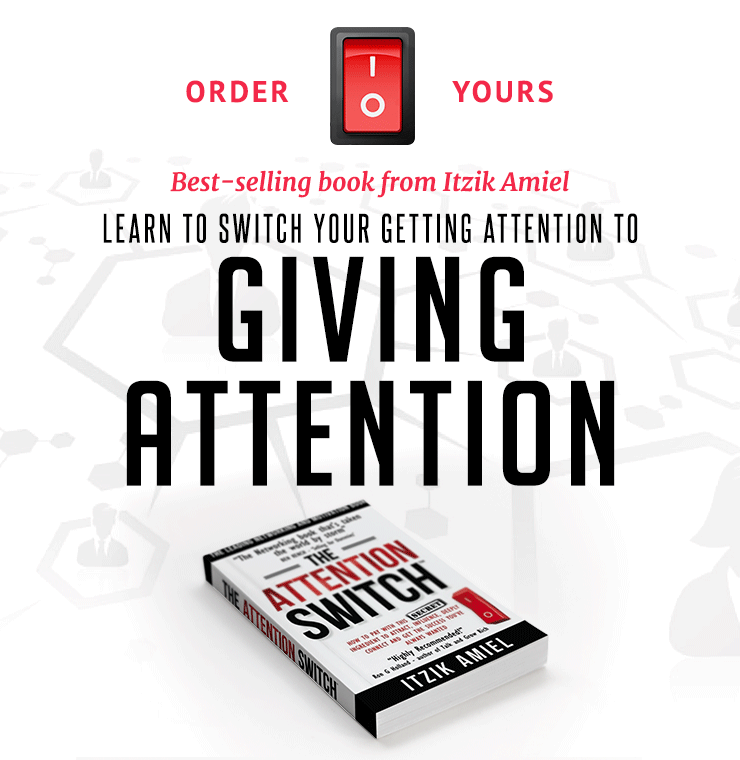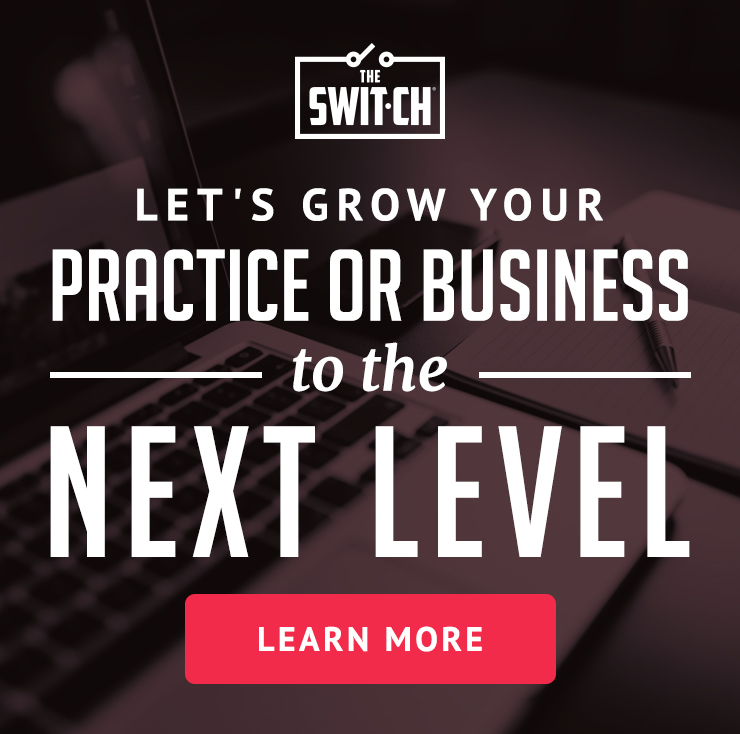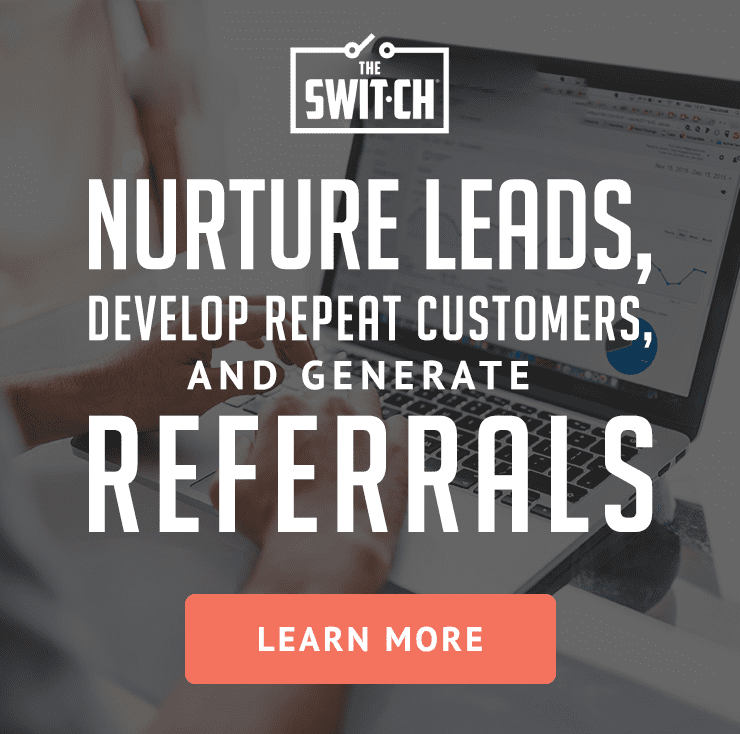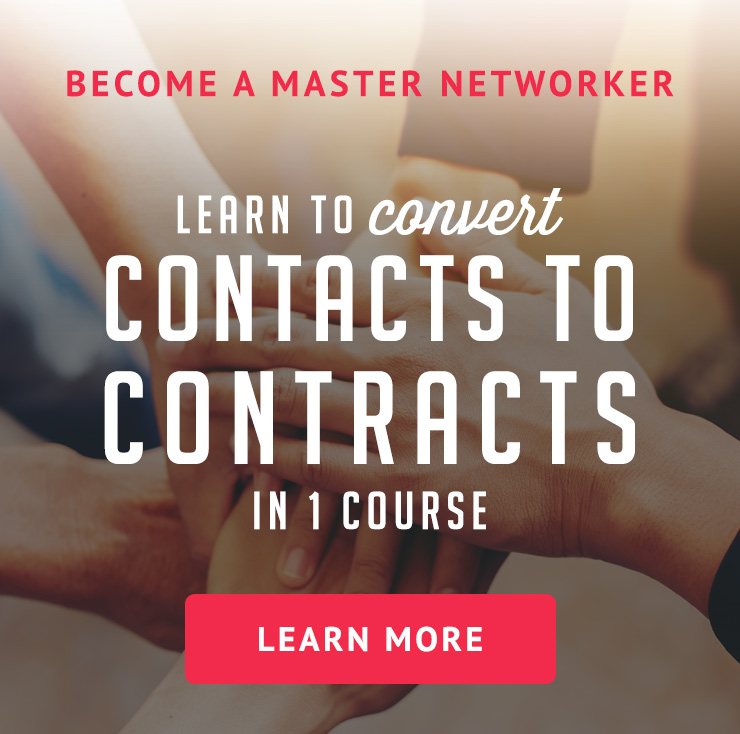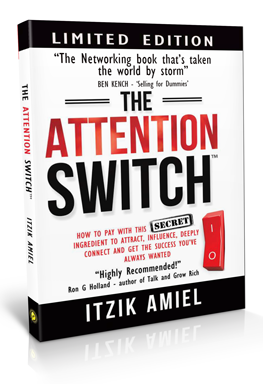by: Itzik Amiel, Bestselling Author of ‘The Attention Switch’; Founder & CEO, THE SWITCH & Suzanne Sabroski, Principal Consultant with Northern Insights
We’re hearing more about increased adoption of Win/Loss analysis in recent years, and with good reason.
Broadly speaking, companies that implement a Win/Loss program quickly see a return on investment with increased win rates,
better understanding of their customers, actionable information on sales strategy,
and how their products are perceived in the marketplace.
Members of the strategic and intelligence community know that Win/Loss analysis is also a competitive information goldmine –
central to the process is a conversation in which respondents openly discuss why they selected one vendor over another.
When handled properly, these one-on-one conversations can produce golden nuggets of information about competitors –
free from any concerns about how the data was obtained.
How is Win/Loss analysis different from other forms of strategic and competitive research?
What is behind its growth?
What is the secret ingredient that yields so much new information?
Let’s dive into what sets this methodology apart from other forms of market research,
and how it allows practitioners to discover what drives customers to make purchase decisions: a personal conversation…
someone to pay attention and listen.
The value of Paying Attention in conversation
Every day we spend a lot of time talking to other people.
Although social networking and digital technologies are part of our lives, we still communicate much of the time directly with other people.
When we do so, we rely on the cooperation of the other person.
At the same time, we are expected to cooperate by dedicating our mental energy toward processing the messages received by the other person.
This cooperation is the basic element of attention and we call it ‘Paying Attention’.
Are you Listening?
Let us ask you – what do you hear right now?
Maybe you are home and hear the slight buzz of the refrigerator,
a television in an adjacent room,
dogs barking outside,
or the humming sound of your neighbour’s car that just pulled in next door.
Did you notice that this was a tricky question?
By asking yourself this question, you concentrated on what you were hearing, and in the same moment, you shifted your brain to take control of the sensory experience —
as you started listening and describing what you heard, you were not only hearing.
You were directed to experience attention – the difference between hearing and listening.
Let’s imagine you are at a cocktail party with many background noises;
people chatting with each other, and multiple conversations taking place in the room.
Since we assume there is no place in this party room that is totally silent, your auditory system – based on your experiences –
has evolved with control systems on the sounds around you.
Thus, you will not be listening to most of the sounds in that room unless they might be of use –
if something nice or horrible happened.
For example, imagine if one of the sounds became someone shouting loudly “Help! Help!”
Do you hear it? This is where attention kicks in.
One of the basic elements of giving your attention to others is by listening to what they are saying – not only hearing them.
If you can listen to other people and make them connect with you almost instantly, their willingness to cooperate with you is much higher.
While the hearing is a natural process that relies on one of our five senses,
listening is a skill that we’re in danger of losing in a world of digital distraction and information overload.
At the same time, we want you to understand that listening by itself is not the same thing as paying attention.
Let us give you another example.
Does it ever happen when you are speaking to someone, that you suddenly start losing your concentration and your thoughts drift off to other projects that need your attention?
In that moment, can we say that you still paid some sort of attention to the other person?
Probably yes, in your subconscious mind, but you were certainly not listening.
When your attention wanders in these situations, stop thinking to yourself ‘what will I say next?’
Try to be present in that specific moment with the other person and just listen to what they are saying.
To obtain sincere cooperation from another human being, it is not enough only to pay attention, but it must be combined with listening.
When you are listening, people will be happy to cooperate with you since they are reacting to your focus on them.
People like to give back and respond to people who listen to them.
Let us summarize the last point in different words.
If you are interested in more effective cooperation with others – your business partner, your clients, and any other prospective party, listen to them first. Listen to their ideas, opinions, and needs;
it will serve in building relationships and communication.
Simple?
Yes, it is.
But many people have lost valuable cooperation opportunities since they did not listen all the time when the other party was talking to them;
they did not pay attention.
Indeed, we said listening ALL THE TIME, since you cannot pick the moment you want to listen and the other moments you do not want to listen.
You cannot assume, in any given moment of time in conversations, that this information is important, while the other is not.
A good interview is all about Listening
Applying these concepts of paying attention and listening, the art of the interview is all about getting out of the way.
An effective interviewer, by default, pays attention to what an interviewee is saying and does not interject their own thoughts and opinions.
Conducting in-depth interviews with buyers is the heart and soul of Win/Loss analysis.
While practitioners vary somewhat in how they gather quantitative data, the qualitative data is consistently obtained through one-on-one telephone interviews.
Listening well and being fully engaged in these conversations will draw out information that cannot be captured in metrics or electronic communication. And while a discussion guide is certainly needed in Win/Loss interviews,
going “off script” can often yield the best results as the conversation is free to flow naturally.
This is where the magic occurs –
after a few minutes of setting the tone and establishing trust, a respondent will feel comfortable sharing their thoughts and insights on a recent purchase decision.
Why did they decide to do business with Company A?
What are the strengths and weaknesses of Company B’s products?
How was their interaction with the various teams?
How did price weigh into the decision?
What could be done to improve their sales experience?
Could they elaborate?
People are stressed for time at work,
bombarded with emails and jam-packed calendars,
and some days may feel that nobody is really listening to them.
Or maybe they just want to break up the routine.
A Win/Loss interview may be a welcomed appointment in their day where they can speak freely about how a solution does or does not meet their needs.
Respondents can vent, show off their expertise, reflect on the sales experience, and elaborate on competitor tactics or product roadmaps.
They can also flag up concerns which may reveal that an account is at risk once they are comfortable with the interviewer.
It’s a simple formula – customers will share information if you take the time to ask.
Successful companies Listen
The goal of any business is to make money.
But that objective is easier to reach when companies listen to their customers, prospects, and lost clients to understand their needs.
Once a Win/Loss program is underway, you do not want to miss out on any information shared.
As you will not know when and under which circumstances this information will be useful.
Concentrate on what information comes out of the interviews.
A Win/Loss program captures specific information that can feed into the larger customer journey mapping process.
Following an interview, continue to actively seek the customer’s point of view; ask questions and get specific.
A best practice is to reach out and thank the individuals for their time and participation, which creates an opportunity for another conversation.
More often than not, customers and prospects will divulge information that is vital to an organization’s overall success.
All great and successful companies have a clear understanding of their customers.
It is the basis of why a company exists, and it is the foundation of an organization’s vision and strategy.
The growth of Win/Loss programs
Many sources point to the growth of Win/Loss programs in recent years.
In a 2017 Fletcher/CSI global survey on Win/Loss, most respondents across several major industries had an active Win/Loss program.
Of the respondents, 43% had a program that was in place for three or more years, but the interesting statistic was that 89% had a program that had been active for at least one year – evidence of some real growth.
Anecdotally, we find that recruiting for Win/Loss interviews is becoming easier as companies realize the benefits of gathering this feedback from customers and prospects.
As more people become aware of the process, it’s no surprise to be asked to participate in a Win/Loss study.
In larger B2B deals, being invited for an interview may even be expected following an evaluation, especially if an RFP was done.
Even with losses, most buyers are willing to have a discussion in hopes of improving things next time around –
whether with product enhancements or growing a company relationship.
As stated earlier, however, most people simply want someone to listen to them and are happy to make the time.
Acquisition of competitive information
In what strategic and competitive intelligence professionals refer to as the business ecosystem, we want to understand everything that affects how customers make decisions.
What drives a customer to buy?
How is the selected vendor different from the competition?
Market intelligence gathered from both secondary and primary sources is the foundation of any intelligence program, but Win/Loss analysis has the potential to add an important layer.
Creating a safe space, free from distraction, to fully listen to an individual sets the stage for a productive conversation about why a buyer selected one vendor over another.
From a practitioner standpoint, getting people to talk about competitors in a Win/Loss setting is much more straightforward than in a Competitive Intelligence (“CI”) interview,
as the reason for the call and what will be done with the information is clear to the respondent.
Oftentimes in CI interviews, it is difficult to answer ‘What is going to be done with this information?
Why should I talk to you?’
in a way that makes a respondent feel comfortable, whereas in Win/Loss interviews the reason for the call is crystal clear.
By simply evaluating a recent purchase decision, people are quite willing to open up about the competition.
Whether it is a product enhancement, a new sales strategy used against a competitor, or what pricing model was offered,
Win/Loss interviews offer the opportunity to capture details that cannot be found elsewhere.
Over time, these details about competitors can be turned into battle cards or however an organization wants to use the intelligence.
Make the connection – not just conversation
We return to the fact that having a conversation is so simple – it is getting back to the basics of human communication.
Having this mindset when approaching a Win/Loss interview creates a wonderful opportunity to meet people (yes, over the phone counts!)
and practice attention giving skills.
Using authentic attention is the key to connect with all people, and if utilized properly in this setting, it can make the difference between a mediocre interview and an outstanding interview.
The idea behind giving attention and connecting with other people is helping, sharing, caring, and the exchange of ideas and information.
Your attention to other people is based on respect, trust, authenticity, and integrity.
By interacting with others with positive energies and enthusiasm, you learn more about other people’s needs.
What could be negative about giving authentic attention to other people?
And …it delivers great results!
Pay attention in your Win/Loss calls
In a Win/Loss interview, always make it a point to sincerely thank a respondent for spending time on the call.
Be sincere and pay full attention (i.e. no clacking keyboard in the background while you are on the phone).
If it comes across that their time is appreciated, a successful interview may even end with the respondent saying thank you for listening to them.
Oftentimes, situations arise in Win/Loss where the interviewer may be the only person that is paying attention to a customer’s direct concerns.
Interviews can uncover everything from product concerns, technical support issues, relationship problems, and even accounts that may be at risk of defecting to other vendors.
Many times, all that is needed to improve customer relationships or save the business is more communication –
a Win/Loss interview can be a bridge between companies and their customers in some situations.
Companies want to win and retain more business, but remember that in most cases, customers prefer to maintain long-standing relationships with their suppliers as well.
Changing vendors is a draining process; it takes time and resources and starts the relationship building all over again.
Conclusion
To be successful in your Win/Loss analysis, we propose to you to be an “Attention giver” when conducting interviews, or in selecting a partner who can do so.
We propose that you be a sincere, authentic, and nice human being.
Show interest in other people.
Remember your attention to others – like your thoughts about others – comes from your own head, so think positive.
People want to be recognized, they want others to pay attention to them, and they want respect.
One of the best ways to do this is through authentic active listening to others.
By listening to another person, you are sending him or her the message that they are significant and that you appreciate them.
While this is a lesson that can be applied in all areas of human interaction…
it will work wonders when applied to your Win/Loss interviews.
Do you agree? Any other practical tip regarding conducting a win/loss analysis? Please share your ideas and tips.
[This article was co-authored with my friend and win-loss expert, Suzanne Sabroski and published recently in the Competitive Intelligence Magazine This is the flagship publication of SCIP (Strategic and Competitive Intelligence Professional) covering all things business intelligence. The original article entitled “Paying Attention to Win/Loss Analysis.” ]

“Itzik is an International Speaker, Bestselling Author, Business Mentor & Attorney-at-law. The Global Leading Authority on Business Development, Business Networking, Referrals & Relationship Capital & Founder of THE SWITCH® and THE SWITCH HUB®”

